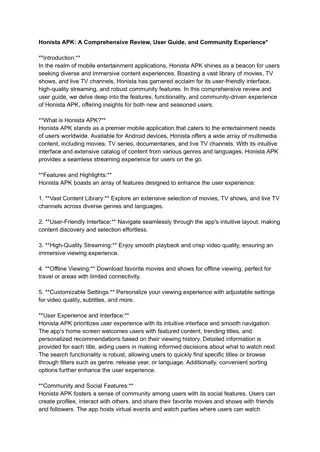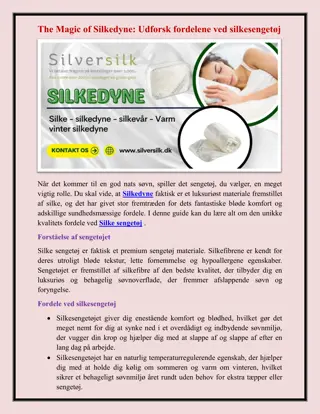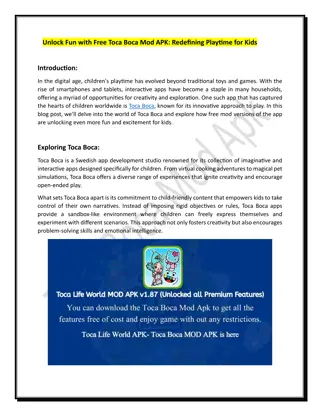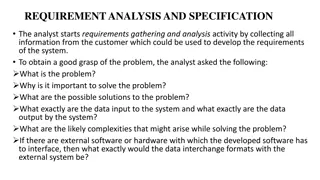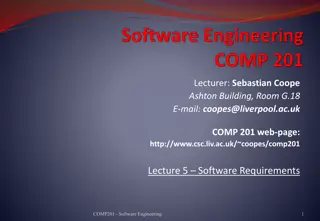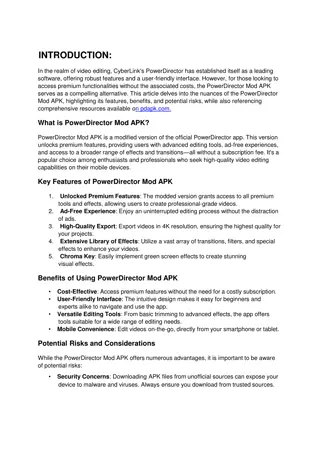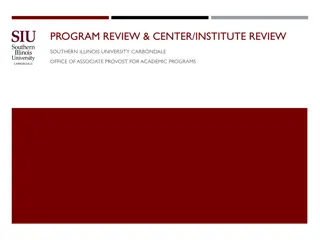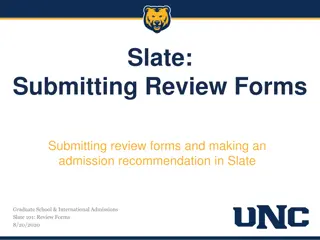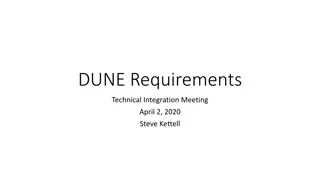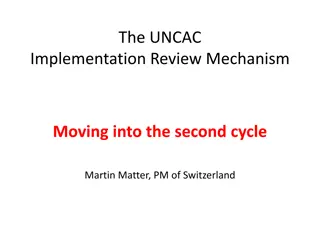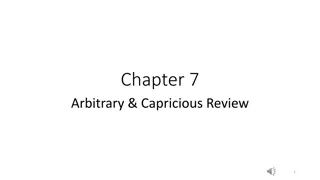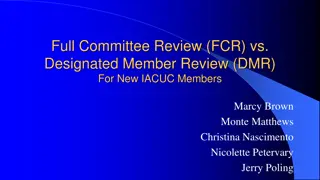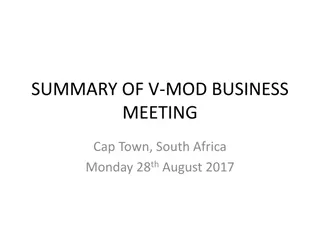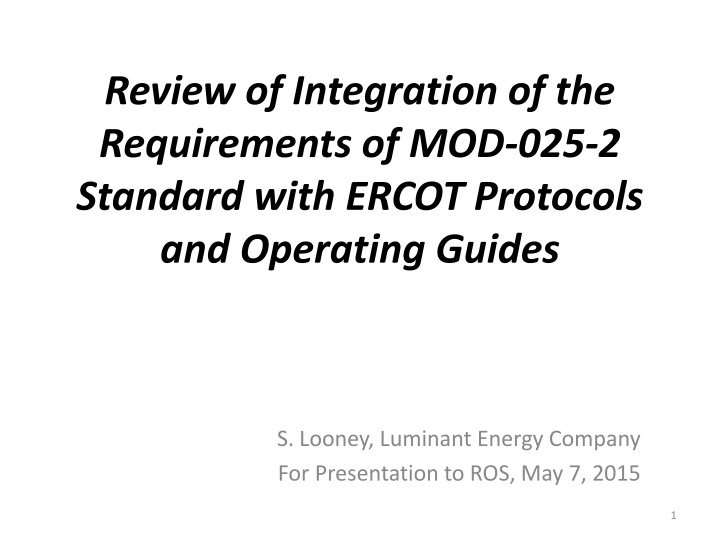
Integration of MOD-025-2 Requirements with ERCOT Protocols & Guides Review
This review examines the integration of MOD-025-2 standards with ERCOT protocols and operating guides, focusing on areas of misalignment, recommendations for addressing conflicting requirements, and developing processes for harmonizing protocols with future NERC standards. Specific topics include real power testing, issues related to testing requirements, reactive power testing variances, and concerns regarding the differences between ERCOT requirements and MOD-025-2.
Download Presentation

Please find below an Image/Link to download the presentation.
The content on the website is provided AS IS for your information and personal use only. It may not be sold, licensed, or shared on other websites without obtaining consent from the author. If you encounter any issues during the download, it is possible that the publisher has removed the file from their server.
You are allowed to download the files provided on this website for personal or commercial use, subject to the condition that they are used lawfully. All files are the property of their respective owners.
The content on the website is provided AS IS for your information and personal use only. It may not be sold, licensed, or shared on other websites without obtaining consent from the author.
E N D
Presentation Transcript
Review of Integration of the Requirements of MOD-025-2 Standard with ERCOT Protocols and Operating Guides S. Looney, Luminant Energy Company For Presentation to ROS, May 7, 2015 1
Introduction/Purpose 1. Identify areas of misalignment between MOD-025-2 and ERCOT Protocols and Guides. 2. Looking for ROS recommendation for the best way to address conflicting or redundant requirements between ERCOT Protocols and Guides with MOD-025-2. 3. Develop process for harmonizing other Protocols with future NERC standards. 2
Real Power Testing MOD-025-2 Real Power is tested every 5 years in conjunction with Reactive Power testing, output level held for 1 hour. Intended that Real Power test be performed at the same time as the full load Reactive Power testing however separate testing is allowed. First verification must be a staged test, subsequent testing may be submission of operating data. 3
Issues Related to Real Power Testing Does the MOD-025 Real Power Testing requirement R1 make the unannounced testing unnecessary? Would the VDI and Emergency Operations Settlement be applicable to MOD-025 Real Power Testing? Is unannounced testing still required given that ERCOT calculates GREDP for every Resource for every 5 minute clock interval which would detect a Resource s ability to reach its telemetered HSL? 4
Reactive Power Testing ERCOT Requirements: 1. Lagging: At Max Load, reactive at c 2. Leading: Load anywhere between Min and Max, corresponding reactive between a and b (Both Tests held for 15 minutes) 3. Two year periodicity NERC Requirement (MOD-025) 1. Lagging: At Max Load, reactive at 2 for 1 hour and reactive at 1 for a moment 2. Leading: At Min Load, reactive at 4 for a moment and at Max Load, reactive at 3 for a moment 3. Five year periodicity Points 1, 2, 3 & 4: 50% of the CURL Points a, b & c: 90% of the CURL 5
Issues Related to Reactive Testing Reactive test required by the ERCOT Operating Guides has many differences from MOD-025-2. Applicable size for aggregate generation Periodicity of tests Duration of tests Passing criteria Test procedure ERCOT Protocols and Operating Guides should add requirements when there is a documented reliability concern. If Operating Guides and Protocols are unchanged, Generation Resource Operators will be required to maintain multiple test procedures and testing records. Could introduce compliance risk with no real improvement in reliability. Consider using historical operating data for tests where possible because all the cost of testing is paid by the GO s and GOP s in the energy only market. 6
Future Study Topics Anticipating analogous concerns with pending implementation of other NERC standards MOD-026 MOD-027 VAR-002 PRC-024 7
Real Power Testing Existing ERCOT Requirements Current Protocol Section 8.1.1.2 provides for a VDI to be given to the QSE for an unannounced test. Resource is given a specified time period to reach HSL, determined by where the Generator is loaded at the initialization of the test. Must hold the output at the HSL for 30 minutes. May be considered for additional compensation under Section 6.6.9, Emergency Operations Settlement. If the Resource fails to reach and hold its telemetered HSL for 30 minutes, the Resource must lower its HSL reported in the COP until a retest has demonstrated the reported capability. 9
MOD-025-2 Requirement R1 R1. Each Generator Owner shall provide its Transmission Planner with verification of the Real Power capability of its applicable Facilities as follows: [Violation Risk Factor: Medium] [Time Horizon: Long-term Planning] 1.1. Verify the Real Power capability of its generating units in accordance with Attachment 1. 1.2. Submit a completed Attachment 2 (or a form containing the same information as identified in Attachment 2) to its Transmission Planner within 90 calendar days of either (i) the date the data is recorded for a staged test; or (ii) the date the data is selected for verification using historical operational data. 10
MOD-025-2 Requirement R2 R2. Each Generator Owner shall provide its Transmission Planner with verification of the Reactive Power capability of its applicable Facilities as follows: [Violation Risk Factor: Medium] [Time Horizon: Long-term Planning] 2.1. Verify, in accordance with Attachment 1, (i) the Reactive Power capability of its generating units and (ii) the Reactive Power capability of its synchronous condenser units. 2.2. Submit a completed Attachment 2 (or a form containing the same information as identified in Attachment 2) to its Transmission Planner within 90 calendar days of either (i) the date the data is recorded for a staged test; or (ii) the date the data is selected for verification using historical operational data. 11


